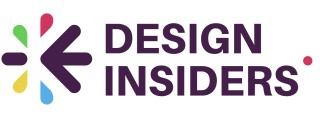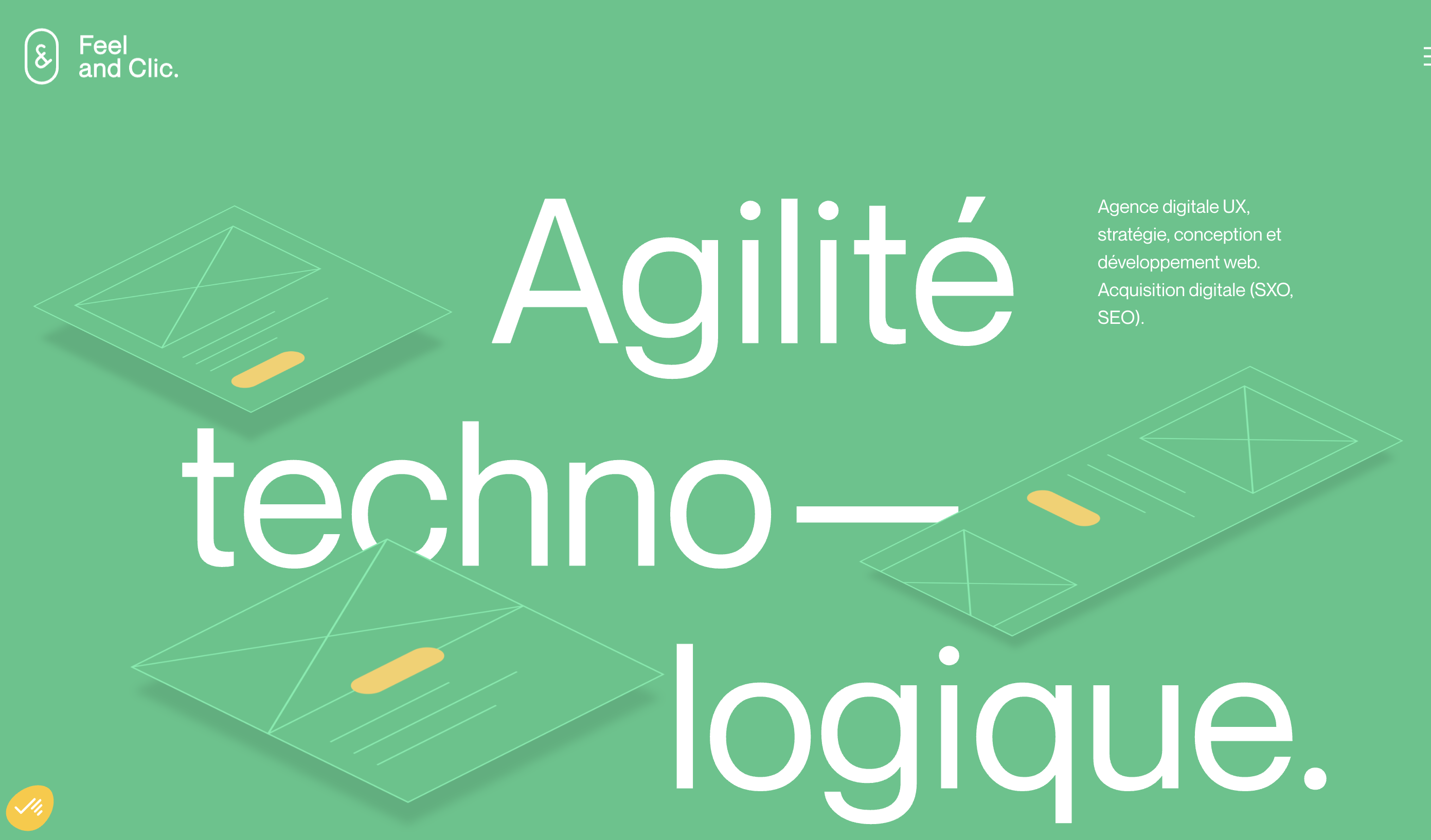
The Concept of Design Segmentation
Breaking Down Complexities
Design segmentation is a crucial strategic approach in the field of design, as it helps break down complexities into manageable parts, enhancing the visibility of specific audiences and catering to their unique needs. Designers often employ market segmentation to create a more focused and effective product design. By doing so, they avoid a one-size-fits-all approach and instead, produce tailored outcomes that align with the expectations of various customer segments.
The segmentation market is primarily driven by the need to understand the customer base intimately. It involves categorizing customers based on various parameters such as geographic, demographic, psychographic, or behavioral segmentation. This level of detail is essential for creating products and services that resonate with each segment's unique characteristics. Marketing efforts can then be aligned to match these categories, which directly informs product marketing strategies.
Employing a segmentation strategy enables designers and businesses to achieve a higher degree of relevance in their offerings. It provides a framework that assists in identifying the target market for design projects, allowing for a more streamlined and efficient design process. This targeted approach not only supports creativity but also ensures that resources are allocated efficiently, preventing wastage. For designers interested in understanding how consumers navigate their interactions with designs, exploring the consumer's journey in design offers valuable insights.
Enhancing Creativity Through Segmentation
Segmenting to Fuel Innovation
Delving into the role of a user experience consultant, it becomes clear how design segmentation can be a catalyst for innovation. By breaking down projects into specific segments based on customer data, designers gain a laser-focused perspective that stimulates creativity. Understanding different market segments—whether they're categorized by demographic segmentation, geographic segmentation, or psychographic segmentation—allows designers to tailor their strategies and explore creative ideas that resonate well with each target audience.
Creativity, turbocharged by segmentation, offers the ability to experiment with various design elements that appeal to behavioral and customer segments. It helps in crafting products and services that align with the diverse needs of distinct groups within the customer base. Designers can utilize customer segmentation to uncover unmet needs in a particular segment, sparking innovative design solutions that address these gaps.
Customer segmentation is not just about categorizing the audience. It's a strategic approach that provides designers with the insights necessary to innovate. Market segmentation helps identify areas where traditional approaches may fall short, inviting fresh, creative solutions. The segmentation strategy allows for informed experimentation, pushing the boundaries of what a product can offer within its target market.
Efficiency Gains in Design Projects
Boosting Project Efficiency Through Targeted Segmentation
Understanding the importance of design segmentation can significantly enhance the efficiency of design projects. When businesses segment their customer base effectively, they use customer data to define specific groups based on behavioral, demographic, geographical, or psychographic characteristics. This segmentation strategy streamlines the design process and maximizes resource usage. Firstly, focusing on specific target audiences allows design teams to concentrate their efforts on creating products and marketing materials that are tailor-made for the needs and preferences of each segment. By doing so, companies can design products and services that are not only more appealing to customers but also more likely to meet their expectations. This targeted approach reduces wasted effort on overly broad initiatives, improving both speed and quality. Moreover, employing segmentation in the design phase helps in forecasting potential roadblocks and identifying opportunities more efficiently. With a clear understanding of varied customer segments, teams can anticipate the challenges that may arise within each unique segment and develop creative solutions in advance, thereby preemptively ensuring project success. Finally, real-time data plays a critical role in refining design segmentation efforts. By continually analyzing customer data, businesses can adapt their marketing efforts and product designs in response to shifting market segments, thereby ensuring a responsive and agile design process. Utilizing resources like Free Keynote Templates can further enhance a design team's ability to communicate segmentation insights effectively and make strategic adjustments. Optimizing this adaptability results in streamlined workflows and more efficient design outcomes.Tailoring Design to Audience Needs
Adapting Designs to Meet Audience Expectations
In the realm of design segmentation, tailoring your design efforts to fit the specific needs of your audience is essential. This approach allows businesses to make the most of customer data in order to create products and services that resonate with their target market, ultimately enhancing their marketing campaigns. Utilizing a segmentation strategy, designers and marketers can divide their customer base into distinct groups, such as geographical, demographic, or behavioral segments. This process of breaking down the audience into manageable segments can assist in crafting targeted marketing efforts that speak directly to the interests and behaviors of each group. For instance, demographic segmentation can reveal insights about different age groups, aiding in the creation of designs that appeal specifically to younger or older audiences. Achieving a successful audience-targeted design goes beyond generic design principles and involves understanding deep-seated preferences and patterns. Leveraging psychographic segmentation gives businesses the opportunity to address the lifestyles and values of their audience, providing tailored content that aligns with the consumers' emotional and psychological characteristics. By developing a strong segmentation market strategy, businesses can gain advantages in the market by customizing their products and communications. Meeting the expectations of your target audience is a crucial part of a business's strategy to remain competitive. Adapting your design efforts to meet these distinct customer segments not only improves engagement but also ensures that your brand maintains relevance in real time.Challenges and Solutions in Design Segmentation
Navigating Obstacles in Design Segmentation
Design segmentation, while offering numerous advantages, comes with its own set of challenges. These challenges often stem from the need to manage and interpret vast amounts of data, as well as the necessity to precisely tailor products and services to diverse market segments. Understanding these obstacles and developing strategies to overcome them can lead to more effective design outcomes. One of the primary challenges in design segmentation is collecting and analyzing customer data. This data is crucial for accurately defining customer segments and can be gathered from various sources, including behavioral, demographic, and geographic segmentation. Effective data collection and analysis require robust technological tools and expertise in data interpretation. Businesses must invest in appropriate technologies that enable them to parse data in real-time, thereby ensuring their segmentation strategy is informed and relevant. In addition, tailoring design to meet the specific needs of a target audience can demand significant resources and creativity. A deep understanding of customer base preferences and behaviors is essential. Designers must be adept at translating customer insights into design elements that resonate with different segments. This can often entail developing varied design iterations based on psychographic segmentation factors such as lifestyle and personality traits. Another challenge is maintaining the balance between creativity and efficiency within a segmented design strategy. Segmentation allows for tailoring specific marketing campaigns to different groups, but it can also lead to increased complexity in project management. By leveraging market segmentation insights, businesses can streamline processes and focus their marketing efforts more sharply, hence enhancing overall efficiency. Lastly, the dynamic nature of markets means that segmentation strategies must be adaptable. Market segments may evolve, influenced by shifts in customer preferences or broader market trends. Regularly updating strategies to reflect these changes ensures that products and services remain relevant to the target market. Overall, while challenges exist, they can be mitigated through strategic planning and investment in technology and talent, ultimately maximizing the benefits of design segmentation for both businesses and their customers.Case Studies of Successful Design Segmentation
Illustrative Examples of Successful Projects
To better grasp the advantages of design segmentation, it's beneficial to examine some projects where segmentation strategies have been successfully applied. By analyzing real-world examples, we can see how targeted design efforts enhance outcomes in various segments.
Industry-specific Success
In the fashion industry, segmentation helps address diverse customer needs by tailoring designs to specific demographic segments. For instance, a brand might produce a line of eco-friendly products targeting environmentally-conscious consumers. Such a design strategy, based on behavioral segmentation, ensures that marketing campaigns resonate with the target audience, boosting both engagement and sales.
Adaptation in Tech
In the tech sector, businesses can use data-driven insights to drive design processes. By employing a combination of geographic and psychographic segmentation, a company may develop a range of products suited to varying customer segments. This personalized approach enables marketers to fine-tune their efforts, targeting specific groups with precision and improving customer satisfaction.
Customer-centric Hospitality
The hospitality industry has also benefited from design segmentation. Hotels and resorts, for instance, can tailor their services to different customer segments by combining demographic and behavioral segmentation. By understanding distinct customer preferences, businesses can design unique experiences, thereby enhancing the overall customer journey.
These examples demonstrate that when a segmentation strategy is applied effectively, businesses are better equipped to create value for their customers, while also achieving higher efficiency in design projects. Each of these cases highlights the vital role of understanding and leveraging data to cater to a specific customer base.














